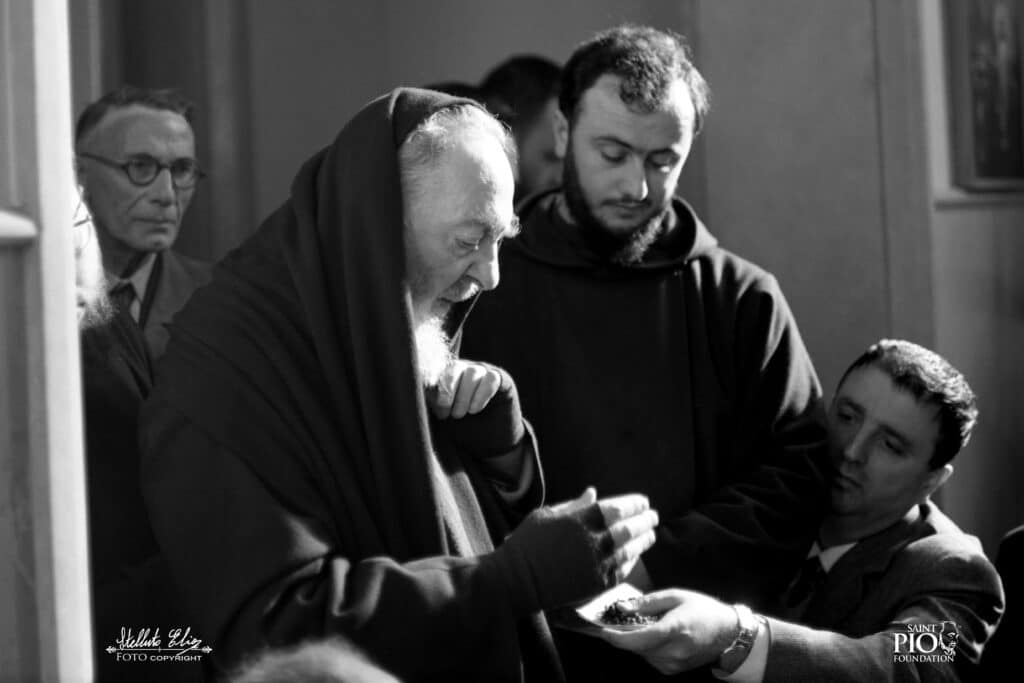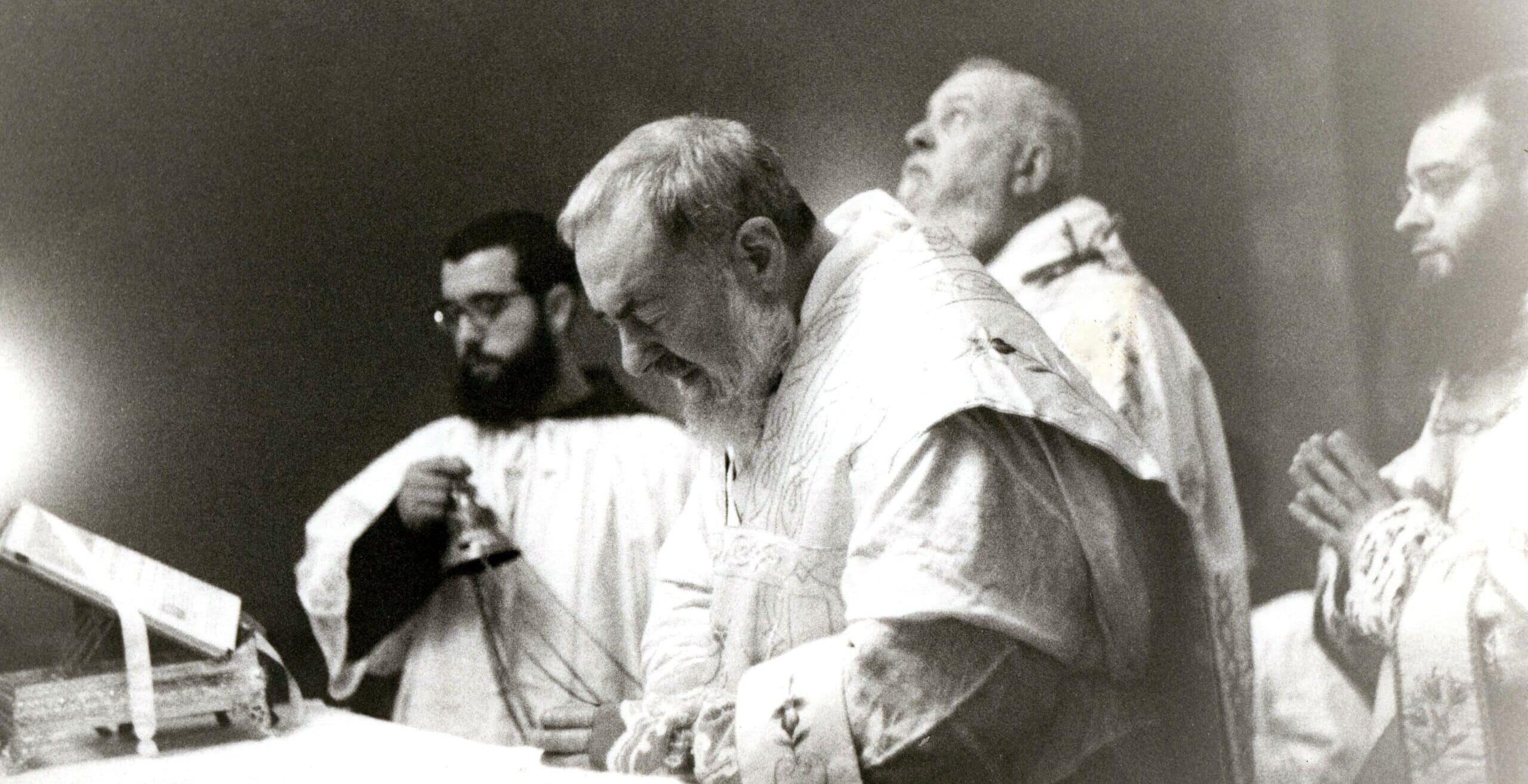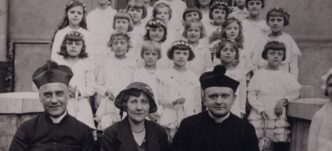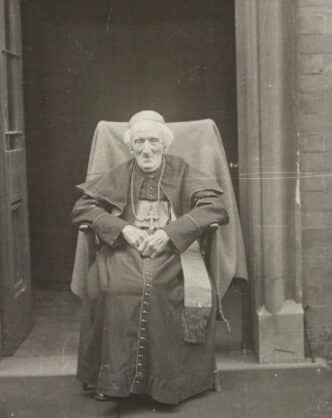(OSV News) — A habit worn by St. Pio of Pietrelcina and other rare relics are coming to the U.S., brought by Capuchin friars from the very monastery that was home to the beloved saint known as Padre Pio.
The National Center for Padre Pio in Barto, Pennsylvania, and the Padre Pio Foundation of America in Cromwell, Connecticut, announced the visit in a May 19 joint press release.
Capuchin Father Francesco Dileo, provincial minister of the Capuchin Friars Minor of San Giovanni Rotondo, Italy — the monastery at which the saint served — will lead the relics tour, which will take place Oct. 11-14 at the Barto center and Oct. 15-18 at St. Pius X Church in Middletown, Connecticut.
The friars will bring with them a full-size habit worn by the saint, one that has previously never left Italy, along with a second relic.
Honoring a ‘sacred symbol’
Padre Pio’s habit is “far more than a simple garment,” and is rather “a sacred symbol of his vocation, humility, and total devotion to Christ,” said Christina Calandra Rocus, whose late mother, Vera Calandra, founded the National Center for Padre Pio after a profound encounter with the saint during his earthly life.

With her husband’s encouragement, Calandra traveled to visit Padre Pio two years after the birth of their fifth child, Vera Marie, who suffered from congenital and life-threatening defects to her urinary tract. During two audiences, the priest blessed Vera and her daughter, as well as Christina and her brother Michael, who had accompanied their mother. Upon their return to the U.S., doctors discovered a bladder growing in place of the one they had removed from Vera Marie, and her health steadily improved. The family founded the center in 1971 in gratitude for Padre Pio’s intercession.
Vera Marie Calandra, now the center’s vice president, said the “unprecedented visit” of the “rare and intimate relic” marked “an occasion of deep spiritual reflection and prayer” — both of which were hallmarks of Padre Pio’s life.
Deepening a devotion
Born Francesco Forgione in 1887 in Pietrelcina, Italy, the future saint entered the Capuchin order at age 15 and was ordained in 1910. Between 1915 and 1918, he served intermittently in the Italian Army’s medical corps during World War I, but was ultimately discharged due to poor health. He returned to his monastery at San Giovanni Rotondo, and in 1918 received the stigmata (the wounds of Christ), the first priest to receive such marks in the history of the Catholic Church.
Amid sustained physical and spiritual suffering — compounded by austerity and long hours of prayer — he established Casa Sollievo della Sofferenza, now a renowned national research hospital located in San Giovanni Rotondo. The Capuchin also devoted himself to the healing of souls, often spending more than 15 hours a day hearing confessions. Padre Pio died in 1968 and was canonized in 2002 by Pope John Paul II, with whom he had been friends since 1947.
A detailed schedule of the relics tour is available on the websites of both of the centers, which are the only two organizations in North American officially recognized by the Capuchins of Our Lady of Grace Friary.
Julie Fitts Ritter, executive director of the Padre Pio Foundation of America, said the visit of the friars and the relics tour — which she described as a “tremendous privilege” — promise “to deepen the devotion of all who love Padre Pio and carry on his legacy of faith, healing, and compassion.”








